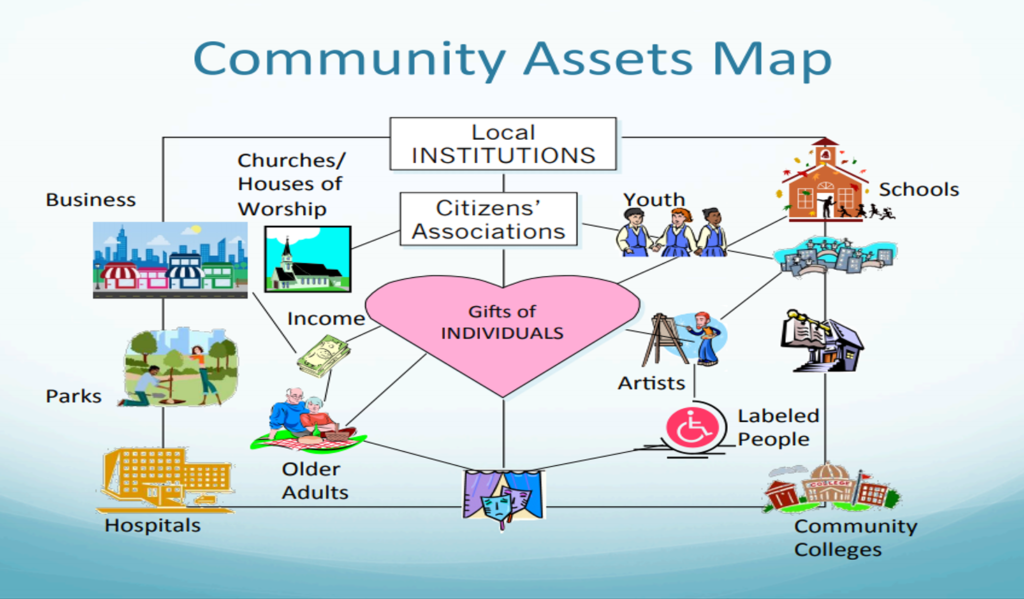Identifying and Mobilising Community Assets for Public Health Initiatives
Identifying and mobilizing community assets for public health initiatives is crucial for improving the overall health and well-being of a community. Community assets are the strengths, resources, and capacities within a community that can be harnessed to address public health challenges. Here’s a step-by-step guide on how to identify and mobilize these assets:
- Assess the Community Needs:
- Start by conducting a comprehensive needs assessment to understand the specific health issues and challenges facing your community. This assessment should involve input from community members, local health organizations, and relevant stakeholders.
- Engage the Community:
- Build relationships and partnerships within the community. Engage with residents, community organizations, faith-based groups, schools, and local businesses to understand their perspectives, concerns, and aspirations.
- Identify Community Assets:
- Work with community members to identify and map the existing assets within the community. Assets can be tangible (e.g., parks, clinics, schools) or intangible (e.g., community knowledge, social networks, cultural traditions). Some common types of assets include:
- Human assets (skills, expertise, leadership)
- Social assets (networks, relationships, social capital)
- Economic assets (local businesses, funding sources)
- Physical assets (parks, recreational facilities)
- Cultural assets (cultural organizations, traditions)
- Health-related assets (clinics, healthcare providers)
- Work with community members to identify and map the existing assets within the community. Assets can be tangible (e.g., parks, clinics, schools) or intangible (e.g., community knowledge, social networks, cultural traditions). Some common types of assets include:
- Prioritize Assets:
- Determine which assets are most relevant and valuable for addressing the identified public health needs. Prioritization should be based on community input and the specific health goals of your initiative.
- Build Capacity:
- Invest in building the capacity of individuals and organizations within the community. This may involve training community leaders, supporting local organizations, and providing resources to enhance their ability to contribute to public health efforts.
- Develop Collaborative Partnerships:
- Form partnerships with community organizations, healthcare providers, local government agencies, and other stakeholders. Collaborative efforts can leverage the strengths and resources of multiple organizations for greater impact.
- Create an Asset-Based Action Plan:
- Develop a detailed action plan that outlines how you will leverage community assets to address public health issues. Specify roles and responsibilities for each partner, establish clear objectives, and set timelines.
- Implement and Monitor:
- Execute your action plan, ensuring that all partners are actively engaged in their roles. Monitor progress, collect data, and make adjustments as needed to achieve your public health goals.
- Celebrate Successes and Share Stories:
- Highlight and celebrate the successes and positive changes that result from your community asset-based initiatives. Sharing success stories can inspire and motivate both community members and partners.
- Sustain and Evaluate:
- Work on sustaining the initiatives over the long term. Continuously evaluate the effectiveness of your efforts, gather feedback from the community, and make improvements as necessary.
Remember that community engagement and empowerment are key to the success of any public health initiative that relies on community assets. By involving community members in the decision-making process and recognizing their strengths, you can create sustainable and impactful public health programs that improve the overall well-being of the community.
